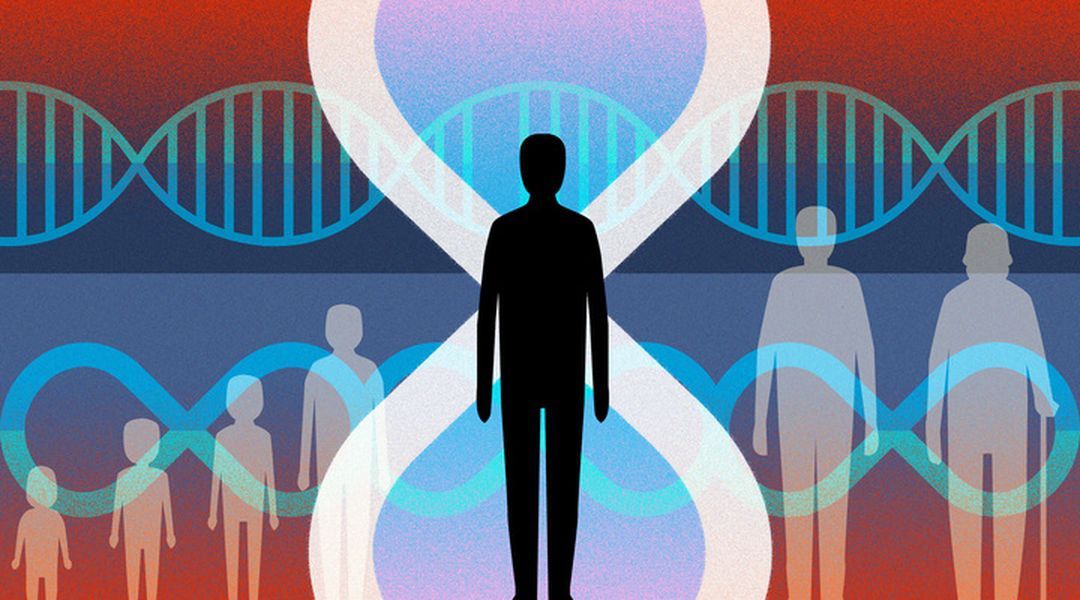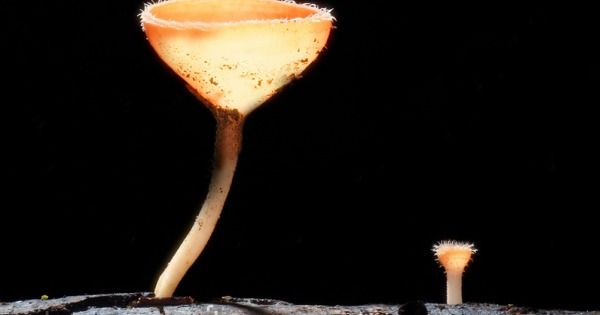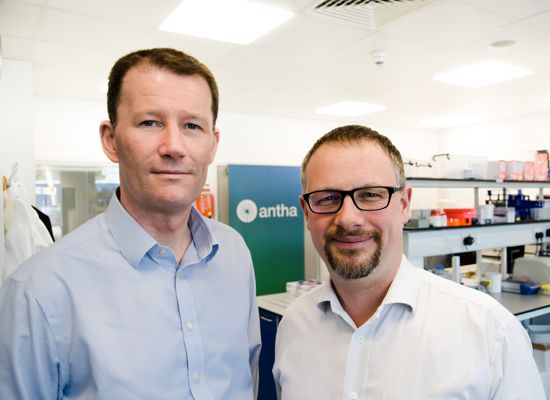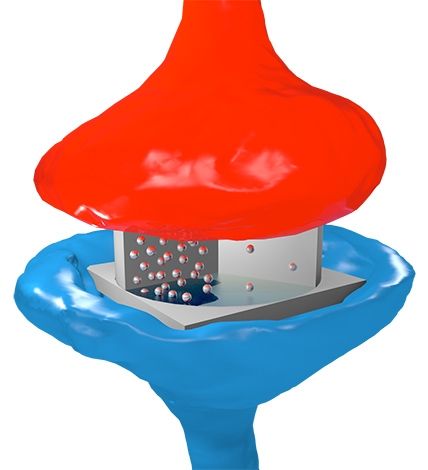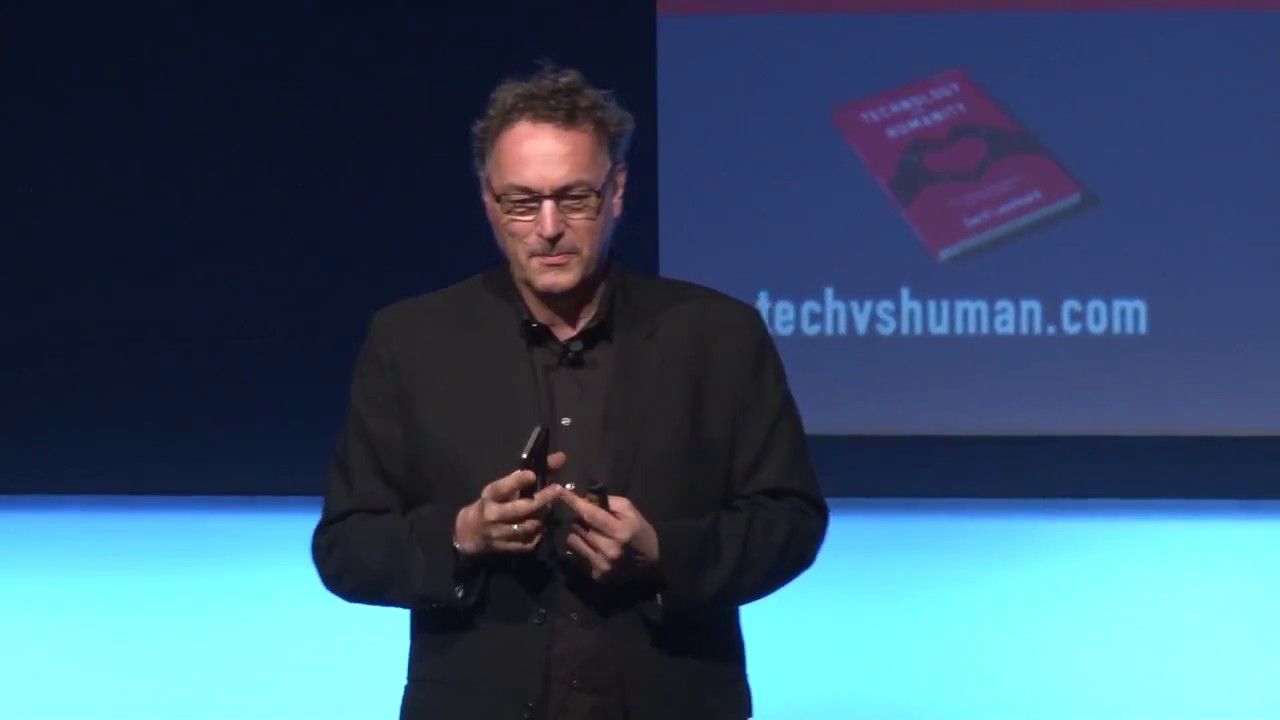May 6, 2017
Kurzweil: By 2030, Nanobots Will Flow Throughout Our Bodies
Posted by Simon Waslander in categories: biological, nanotechnology, neuroscience, Ray Kurzweil, wearables
Another futurist, Dave Evans, founder and CTO of Silicon Valley stealth startup Stringify, gave his thoughts about Kurzweil’s nanobot idea in an interview with James Bedsole on February.
Evans explained that he thinks such a merging of technology and biology isn’t at all farfetched. In fact, he described three stages as to how this will occur: the wearable phase (where we are today), the embeddable phase (where we’re headed, with neural implants and such), and the replaceable phase.
Continue reading “Kurzweil: By 2030, Nanobots Will Flow Throughout Our Bodies” »

